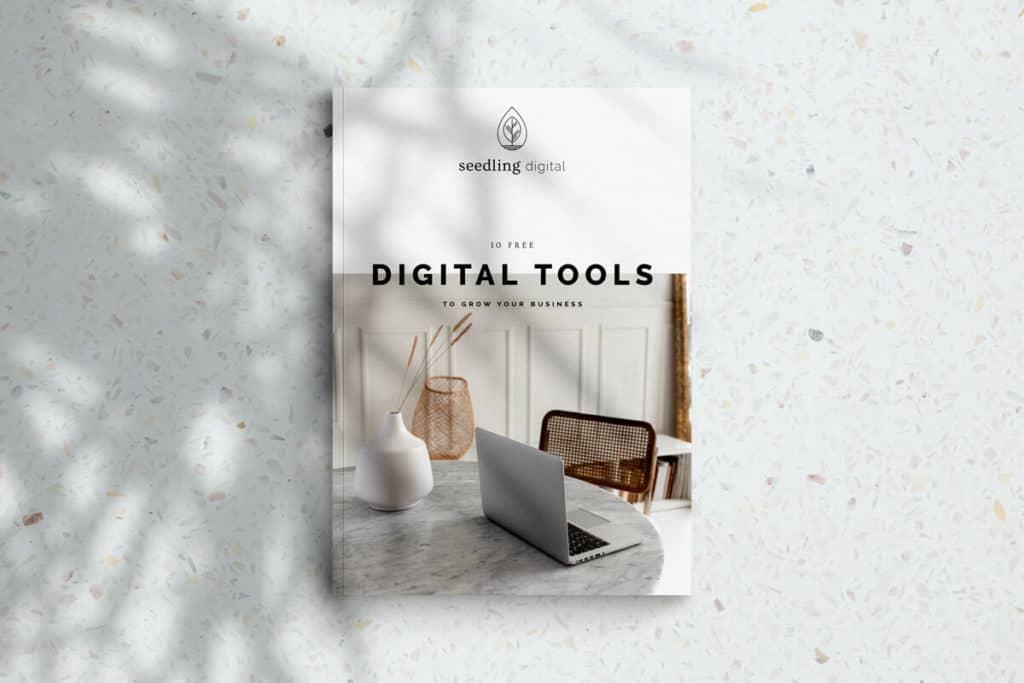You’ve done extensive market research before launching your product. You’ve assembled a comprehensive list of colors, graphics, copy guidance, and everything else you need to build a strong brand presence. Before you make your website live, though, you need to ask yourself one thing: are you designing a user experience with your target audience in mind?
Design can make or break a business’s success. Even the most compelling product at a great value will struggle to overcome a poor user experience. That’s why user experience (UX) research is an essential part of your pre-launch process. You must fully understand your audience to convert them into customers — and that means predicting their behavior and anticipating their needs on your website.
What is user experience research?
It’s easy enough to imagine what your target customers will appreciate in your website, but without research, you’re biasing your design toward your own preferences. Skilled user experience designers consider the interests and needs of the user at each stage of the design process.
A common example is a cumbersome navigation system. If you’ve ever struggled to find information on a website, you were likely experiencing a site that reflected the creator’s organization scheme. Without user research, websites often only make sense to those with inside knowledge of the business. The goal of a user experience designer is to understand the target audience’s primary goals and behavior when navigating the site, then design the experience accordingly for them.
What does user experience research entail?
User experience research covers any sort of surveying and testing that evaluates users’ wants and needs when they visit the website. This includes data on the target audience’s desired outcomes, the hurdles they encounter, and any gaps that need to be filled. All findings are translated into design solutions, and UX research can be conducted at any stage of the process. In fact, it’s a good idea to deploy its methods (described below) throughout your website development so that you can iterate the best possible version of your product.
The key is to create each design element with the end user in mind. You must match each stage of research with your project needs. Let the goal of obtaining clear, valuable information define your research strategy. This way, you can translate that into a clear, valuable experience for your audience. There are a lot of moving parts to consider, which is why a skilled user experience researcher provides an immense benefit to your team — and can save you the money and headaches of revisions or redesigns.
How is user experience research conducted?
Insights may be gathered via focus groups, usability testing, and interviews. Users are questioned about their objectives, preferences, and challenges, and the results are fed into the design process to solve problems before they emerge in the final product. These types of UX research may also be described as attitudinal methods, i.e. they describe what users explicitly say about their preferences.
Most user experience researchers start with these qualitative measures, before moving on to include surveys and analytics or quantitative data. After all, what users say might not be what they do. That’s why it’s important to deploy these behavioral methods as well. User experience researchers can assess design flaws that users might not explicitly identify, such as the misplacement of a CTA button or the ability to parse a page.
These methods can be deployed in a four-step process described by the Nielsen Norman Group, a leader in UX research. These stages are as follows:
- Discover: During this stage, use a blend of interviews and activity logging to assess what users tend to do.
- Explore: Next, work with focus groups to develop the logical flow for your product. You can also create user journey maps to ensure you don’t introduce gaps or pitfalls into the UX.
- Test: Deploy usability testing and other evaluations to measure the actual performance of your design.
- Listen: Finally, gather feedback via quantitative measures to assess the results.
Why is user experience research important?
No matter how well you think you understand your target audience, there’s no substitute for actual data. Imagine the cumbersome costs of a redesign — or of lost conversions and sales due to a flawed design. By conducting UX research, you ensure that your own bias is removed from the design process and that the final design accommodates users’ preferences and behavior. This way, you can deliver a high-quality, high-converting experience rather than relying on theoretical information.
Plus, UX research makes the design process much easier. By assessing customers’ pain points, logical processes, and behavioral trends, you can instantly design elements that offer solutions rather than hurdles. Understanding your audience’s needs helps you skip the guesswork and deliver results.
Summing up
User experience research involves a series of complementary methods that must be tuned into your project’s needs, timeline, and budget. Also, it must be conducted to high standards to provide you with valuable data that you can turn into a valuable user experience. Because of this fact, UX research is well worth your investment. Integrate it into your design process to save yourself time and money and ensure better business results.
For expert assistance with custom web design informed by quality user experience research and comprehensive support for your branding strategy, contact us. Every Seedling Digital site is completely custom built from scratch, to suit each business, to showcase each proof point, to connect and land with your target market. Not sure if we’re a good fit? Not sure what your business needs? I understand it’s a lot to think through! Sometimes it’s better to jump on a zoom call, and talk it out. Book a call and let’s figure it out!




